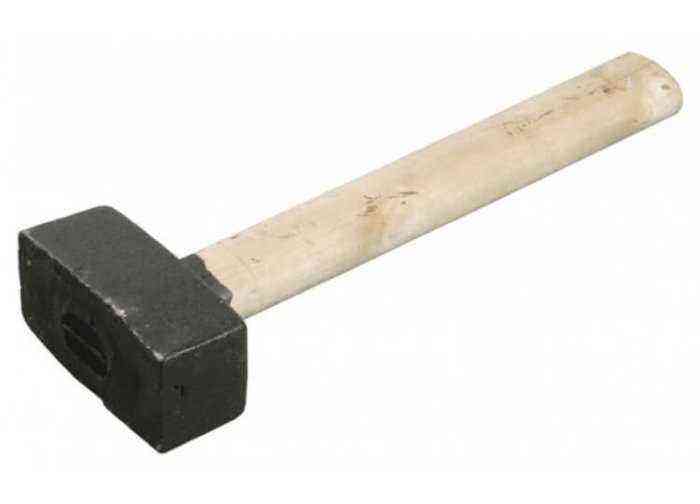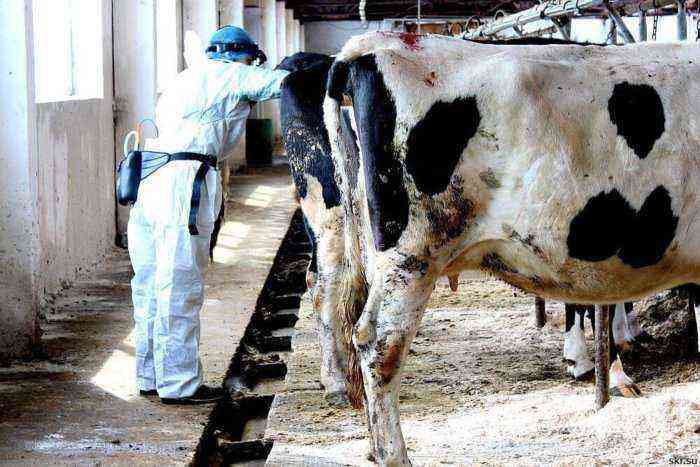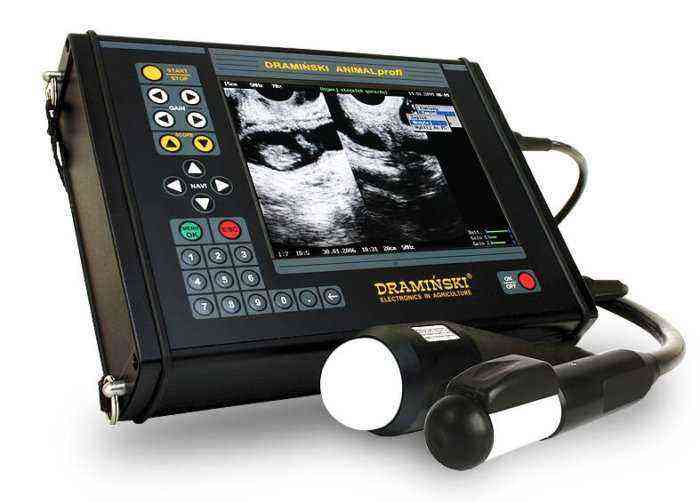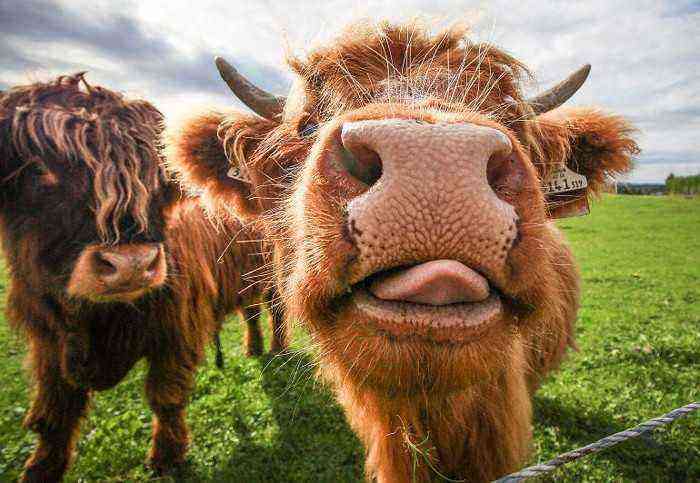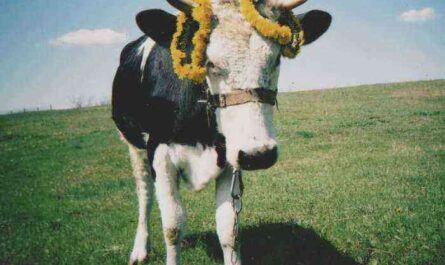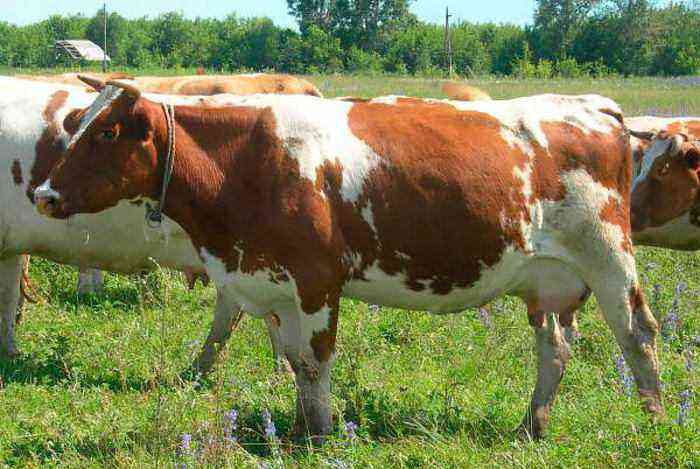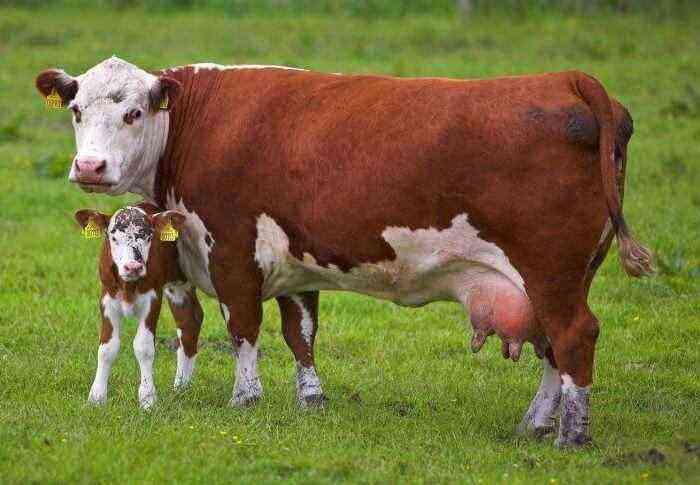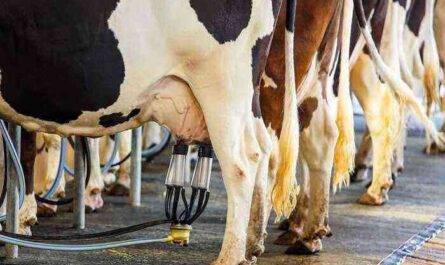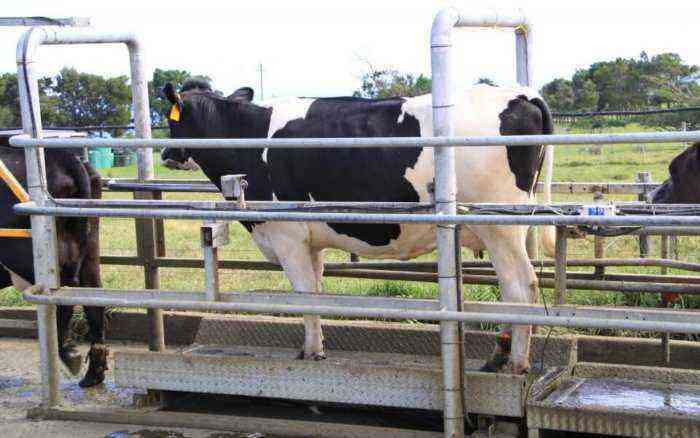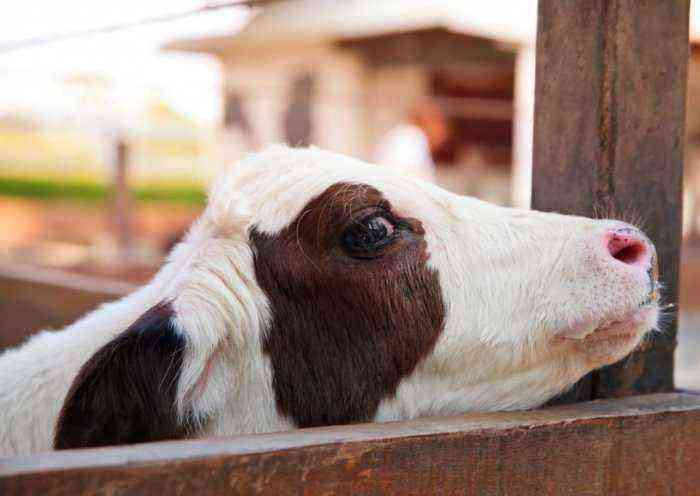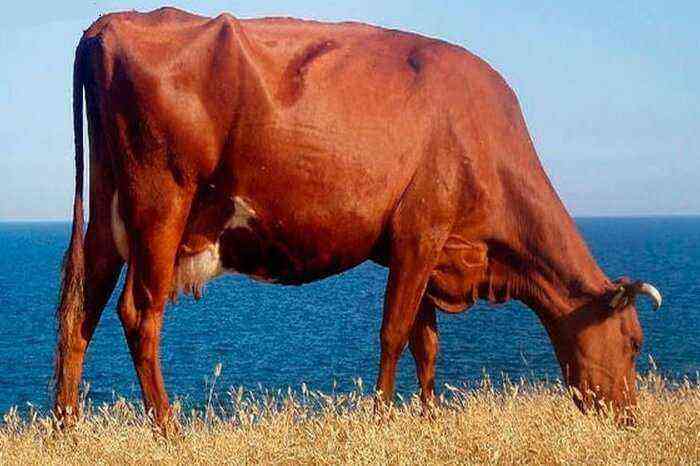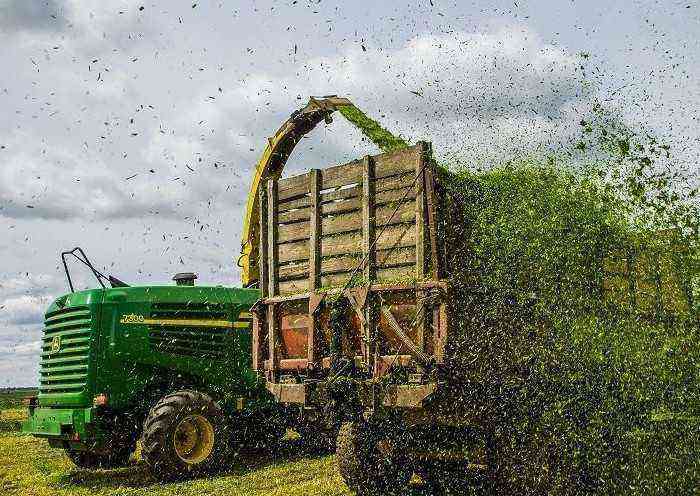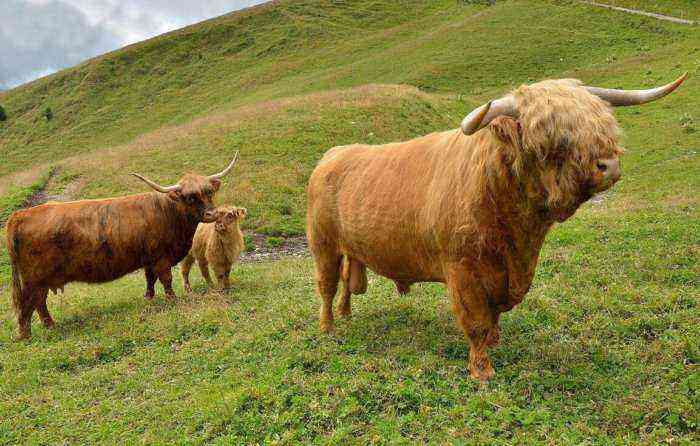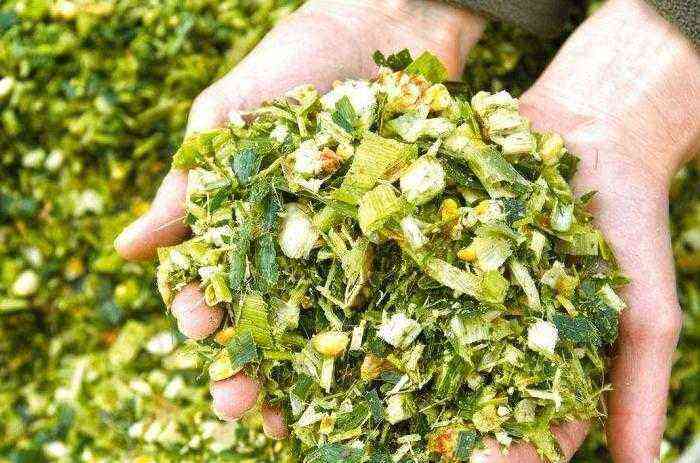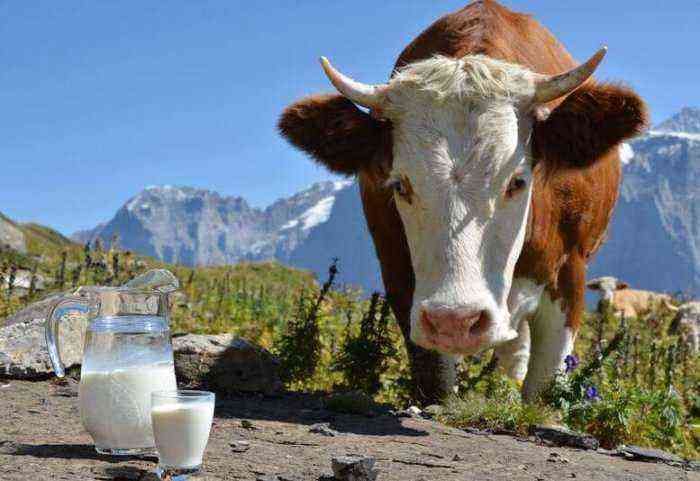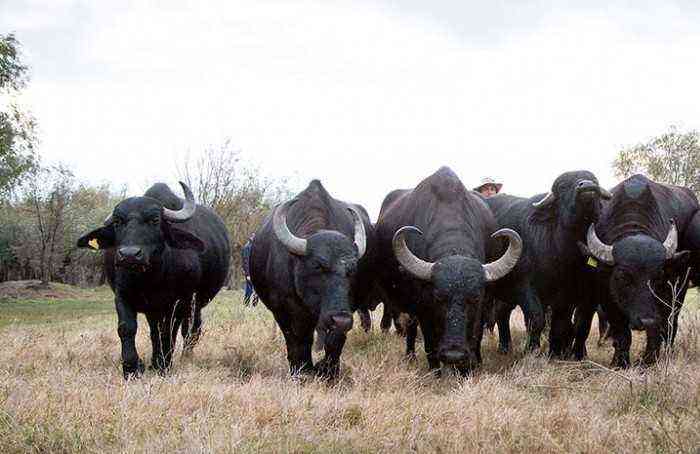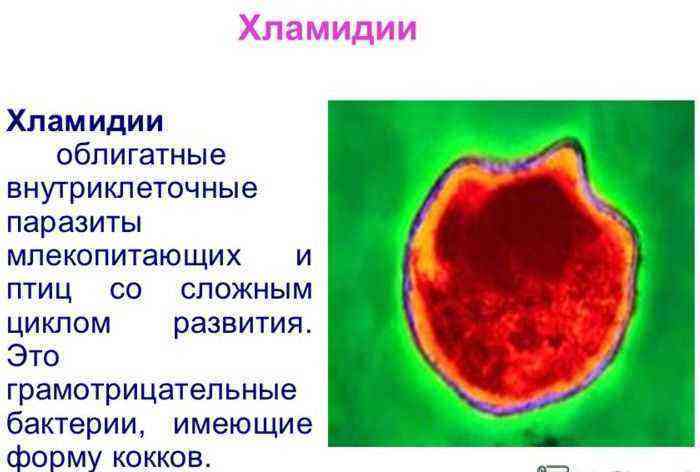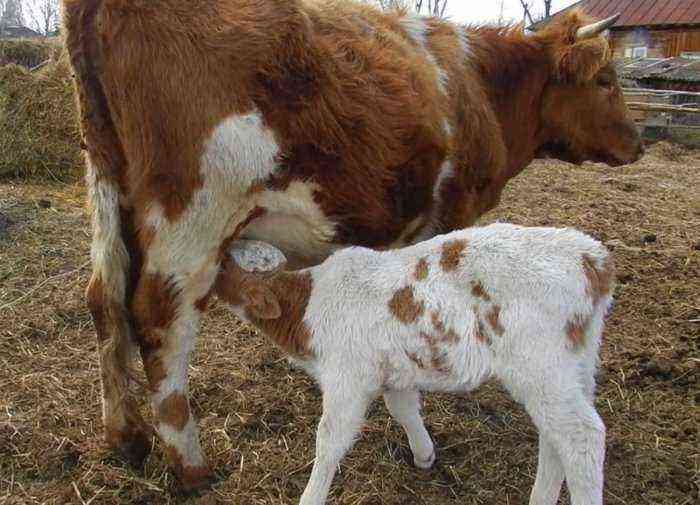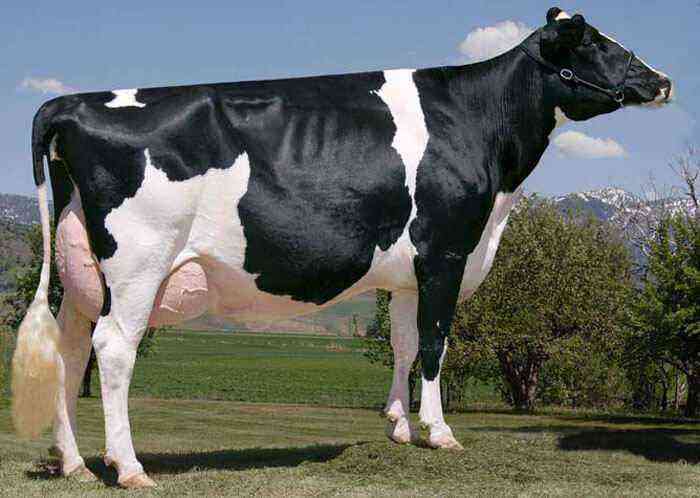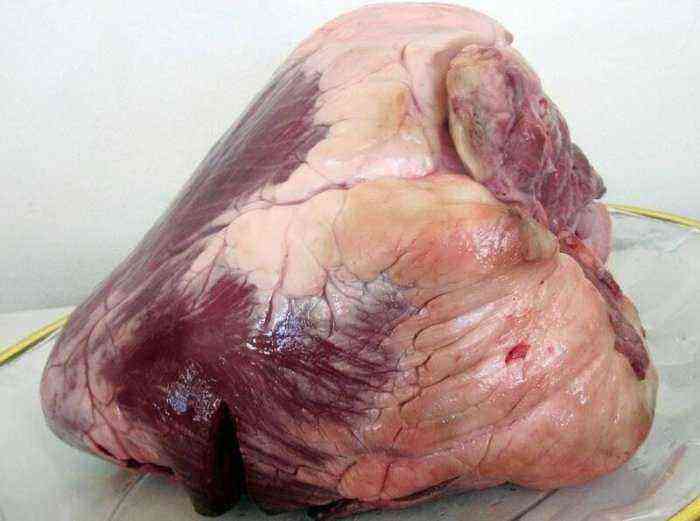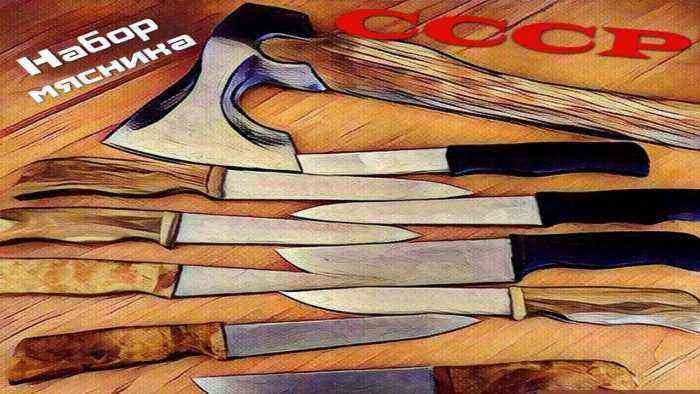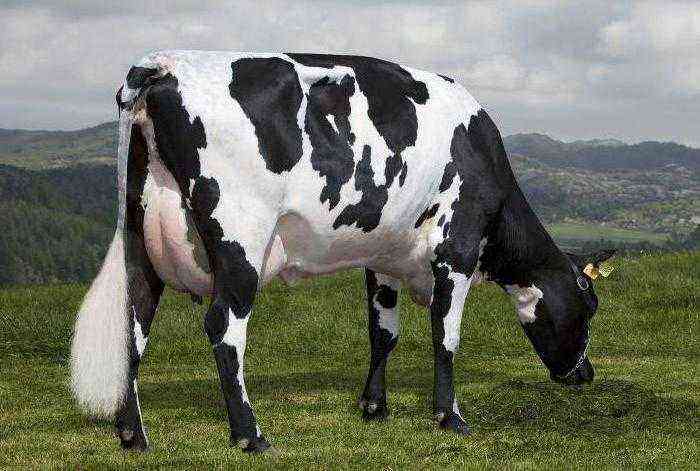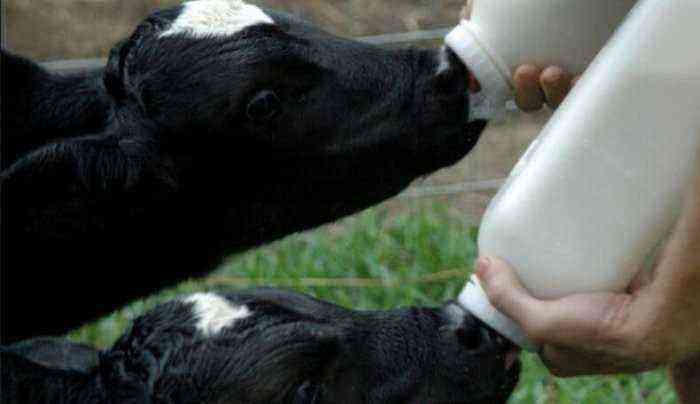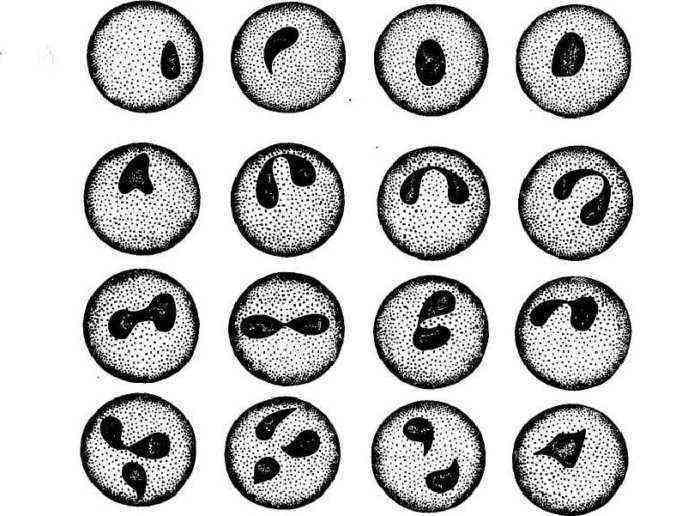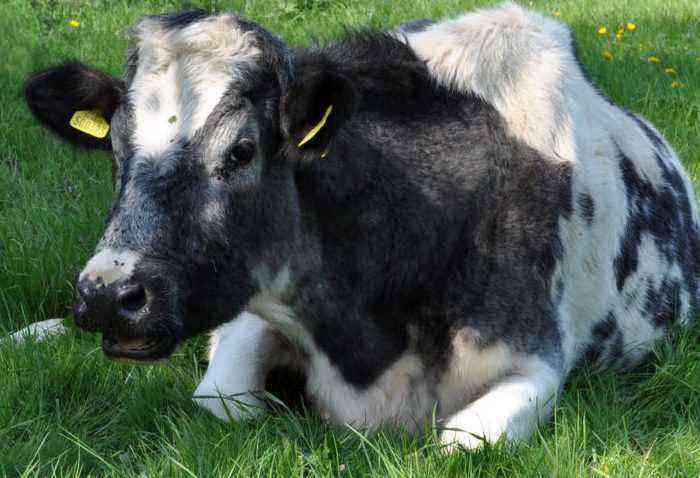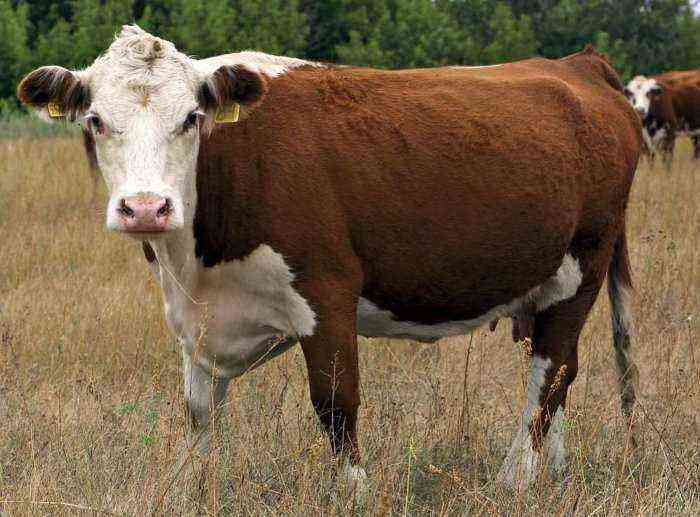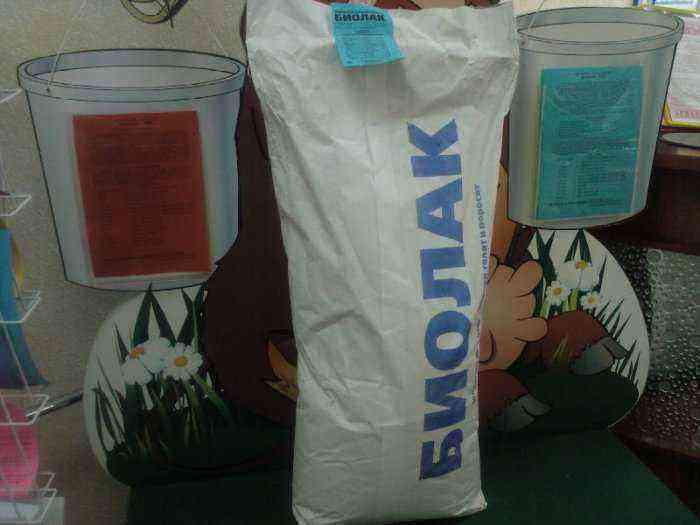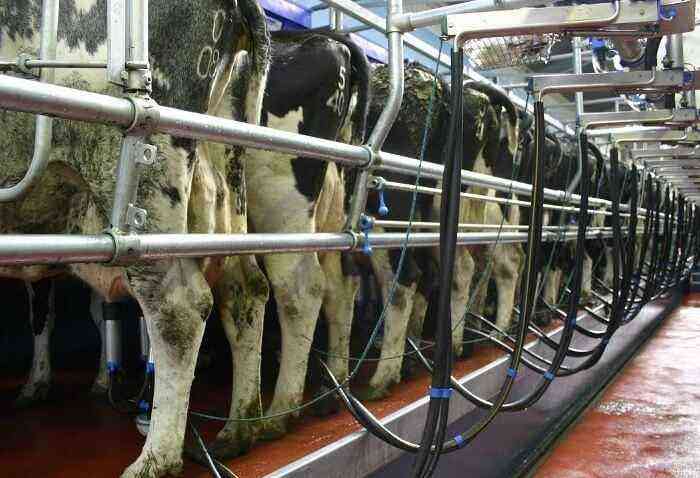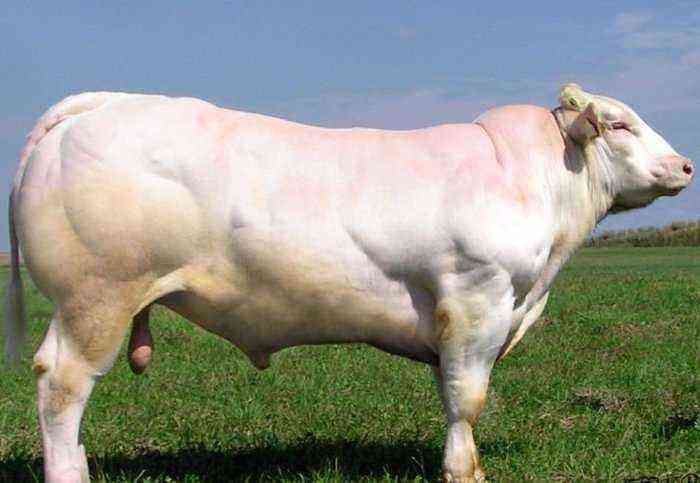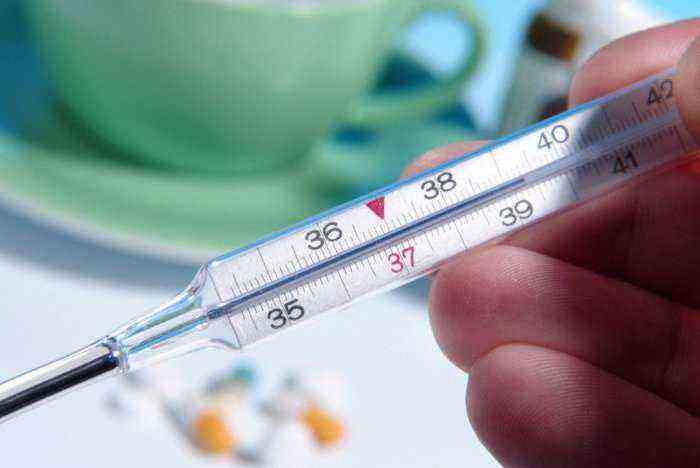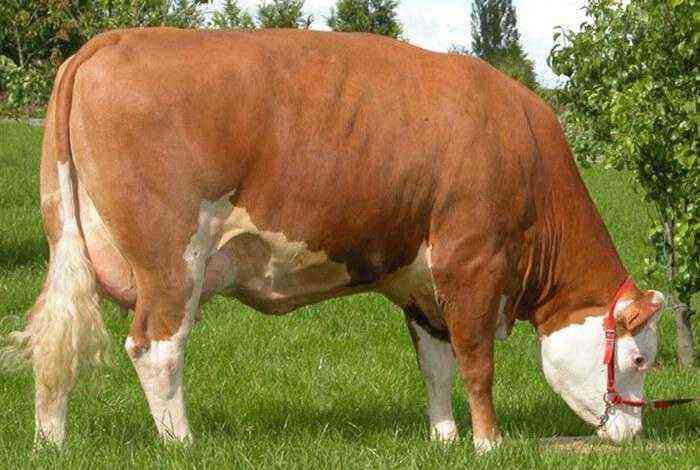Tympania is a non-contagious disease, but it poses a serious danger to the animal. It is characterized by increased gas formation in the stomach, provoked by many reasons. If a calf has a swollen belly, the farmer needs to help him as soon as possible. Causes of tympania in cattle, symptoms of the disease, and ways to help cows with bloating will be discussed in this article.
Tympany
What is bovine tympania?
Tympania is the accumulation of gases in the rumen. This condition is dangerous for cows, because due to increased gas formation, the stomach greatly increases in size and compresses nearby organs – the heart, lungs. The created pressure makes it difficult for the heart ventricles to relax, and also prevents the lungs from expanding during inspiration. As a result, the cow receives less oxygen, hypoxia occurs. If you do not help the animal in the near future, it may die from asphyxiation.
Tympania in calves can be acute or chronic. The greatest danger is sudden and rapid bloating. Depending on its origin, tympania is primary or secondary.
Causes of the disease
Acute primary tympania of the scar develops rapidly. Consider the causes of bloating in cows:
- The use by animals of a large amount of succulent feed that causes fermentation – young green grass, clover, alfalfa.
- Eating young corn, beet tops, cabbage leaves.
- Grazing on grass covered with frost or dew.
- Giving poor-quality feed – with signs of decay.
- Plentiful drink after feeding fresh grass.
Attention! In calves, swelling of the rumen can be provoked by a sharp change in diet and the provision of concentrated feed in large volumes.
The causes of secondary tympania are the following pathologies:
- Eating poisonous plants for animals.
- Blockage of the esophagus.
- Intestinal obstruction.
- Traumatic reticulitis.
- Intestinal infections.
- Paratif.
- Pathology of the structure of the intestine.
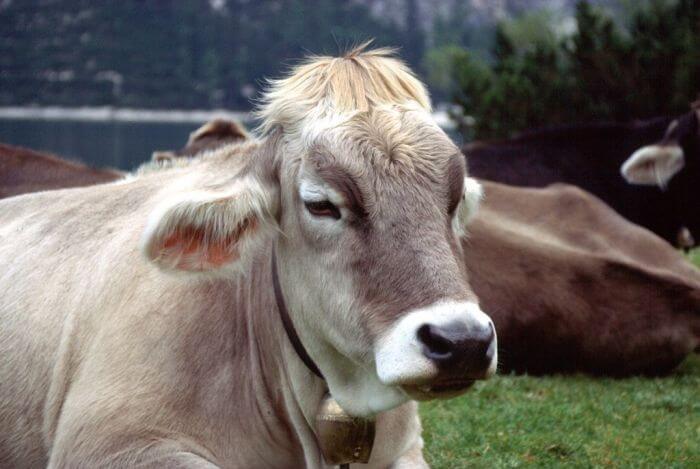
Traumatic reticulitis
Symptoms
Rumen tympania in a cow causes her anxiety. The animal refuses to eat, waving its tail, often looking back. Trying to alleviate her condition, the cow lays down, then gets up, she can beat herself with a hoof on her stomach, moo. Having noticed this behavior, the farmer should pay attention to whether other symptoms of tympania are present:
- The cow has a big belly.
- The left hungry fossa is protruded.
- Chewing gum and belching are absent.
- Scar contractions are weakly expressed or they are not at all.
- Breathing is shallow, rapid.
- The cow takes a characteristic posture of defecation, little stool comes out.
In severe cases, signs of oxygen deficiency in a cow are obvious:
- Breathing with an open mouth.
- Cough.
- The tongue hangs out of the mouth.
- Salivation.
- Mucous membranes acquire a bluish tint.
- Large veins are markedly enlarged.
- The heart rate is accelerated.
Attention! If there are signs of oxygen starvation, emergency assistance is needed.
Treatment and emergency care
If the calf has a swollen belly, treatment should be started immediately, otherwise death can occur within a few hours. If the symptoms of asphyxia are not yet so pronounced, you can try to remove gases in the following ways:

If the calf has a swollen belly, treatment should begin immediately.
- The front part of the torso of the animal should be raised, which will lead to a decrease in pressure on the diaphragm.
- You can induce belching by pulling the cow’s tongue out.
- A good result is achieved by watering the area of a hungry hole with cold water (a cow can be driven into a reservoir).
- External massage of the scar with a fist is used to start the stomach.
- An increase in the activity of the animal helps to stimulate the discharge of gases.
- If these measures do not help to achieve the discharge of gases, use a flexible hose or probe. It is inserted into the esophagus and pushed into the scar.
Attention! First, it is important to make sure that there is no blockage of the esophagus. If a foreign body is stuck in it, it should be removed or pushed into the scar with a probe.
To slow down or stop the fermentation processes in the stomach, various means are used, for example, they give a cow a drink:
- a liter of ichthyol solution at a concentration of 2%;
- 3 liters of fresh milk;
- 200 grams of charcoal diluted in water;
- 20 grams of burnt magnesia;
- 2-3 liters of potassium permanganate solution (1%);
- hellebore tincture, diluted in water.
If tympania is accompanied by the formation of foam in the scar, then give the drugs Tympanol, Sikaden. To improve cardiac activity, intravenous administration of glucose and hypertonic saline is used.
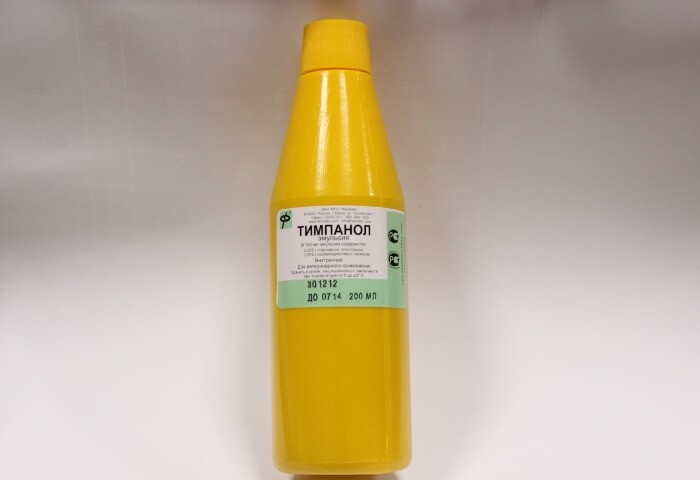
Tympanol
Scar perforation
Emergency assistance is provided if there are signs of oxygen starvation. In this case, it is advisable to puncture the scar, which will make it possible to quickly reduce the pressure on the diaphragm. For this procedure, a large-caliber trocar is used.
The animal must be fixed while standing. The trocar is introduced into the region of the left hungry fossa with a sharp movement. The stylet is taken out very slowly, contributing to the gradual release of gases from the scar.
Attention! Rapid withdrawal of the stylet will render the cow unconscious.
After the gases come out and relief comes, disinfecting solutions and preparations that prevent the fermentation process can be introduced through the sleeve. To avoid infection of the abdominal cavity, after removing the sleeve, the hole is carefully treated with iodine, a cotton swab moistened with collodion is applied to it. Then the puncture site is sealed.
Attention! The puncture of the scar should be done by a specialist.
Further treatment is aimed at eliminating the residual effects of the disease. The cow is kept on a starvation diet for a day, after which easily digestible food is gradually introduced into the diet – silage, good quality hay, chopped root crops. Feeding is done up to 6 times a day in small portions. Concentrated feed is introduced gradually. For several days, the cow is allowed to drink hydrochloric acid diluted in water (20 ml of a substance per half liter of water). To improve the functioning of the stomach, it is recommended to massage the scar, as well as to warm up. To stimulate the stomach, cows are given bitterness.
Prevention
Rumen swelling in calves and adult cows can be prevented. To do this, you need to carefully monitor what animals eat. Animals should not be allowed to graze on the pasture if the grass is frozen or covered with dew. Cows should gradually get used to succulent feed in the spring. An excellent preventive measure is to provide hay or straw before pasture.
Formula-fed calves are fed with high-quality milk substitutes, and complementary foods are introduced gradually, because a sharp change in diet often provokes gastric arrest and tympania.
It is unacceptable to water animals after they have eaten succulent grass.. Legumes, cabbage leaves and beet tops are given in small quantities, and it is better not to offer dairy unripe corn cobs to cows. Active exercise is important, animals must move a lot, which contributes to the normalization of the digestive process.
To prevent the development of secondary tympania, it is important to carry out timely diagnosis of health pathologies, which often lead to bloating.
Increased gas formation in the rumen is dangerous for the cow, as it can cause oxygen starvation and death within a few hours. Having found the first signs of tympania, you need to act quickly. The farmer must take measures to remove gases from the rumen. If all else fails, gastric perforation may be necessary.
